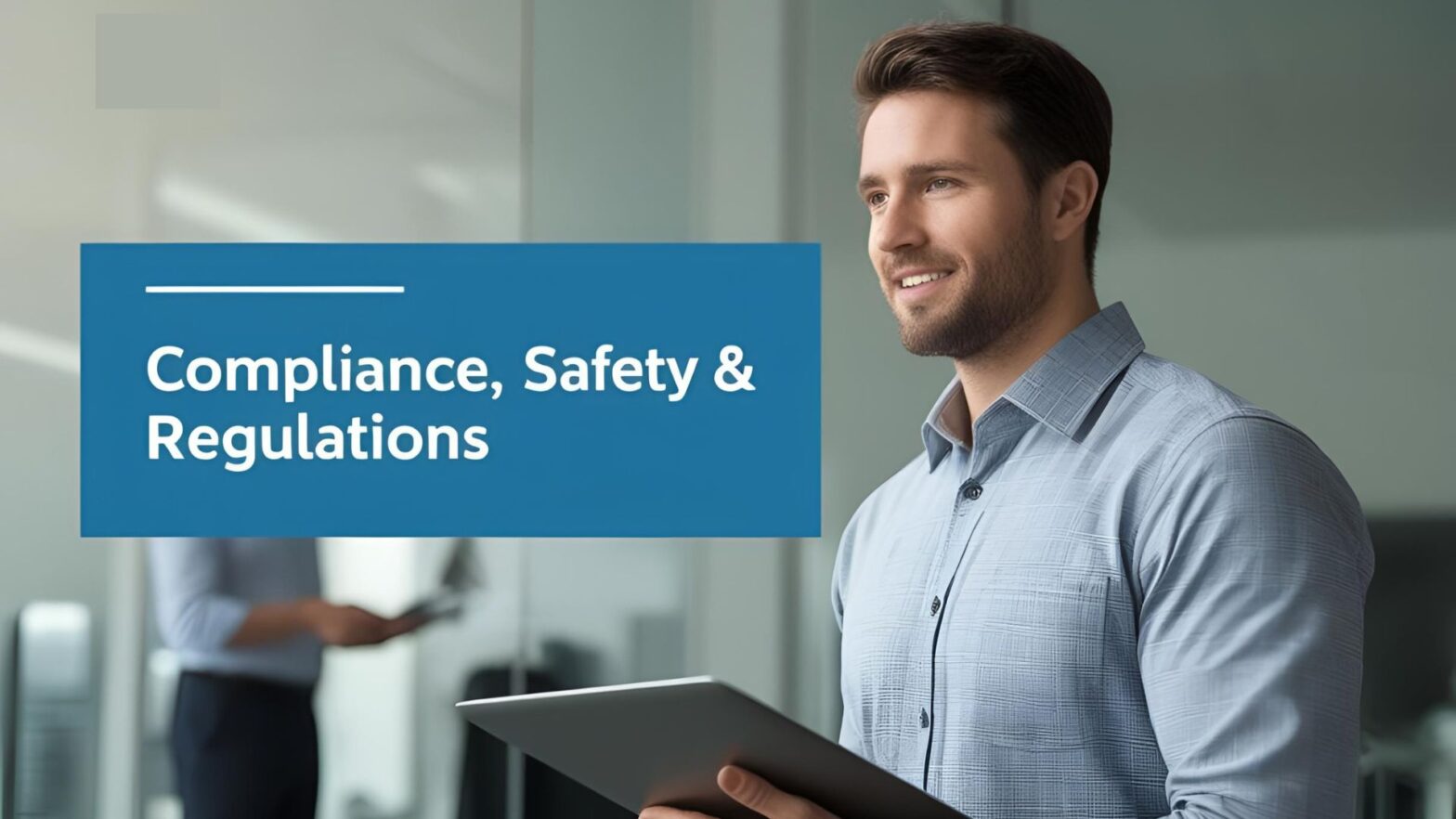In industries that handle hazardous materials—such as chemicals, construction products, paints, and adhesives—compliance with labeling regulations is not just a best practice; it’s a legal obligation. Regulatory bodies like OSHA, REACH, GHS, and local environmental agencies have strict standards for how hazardous materials must be labeled, stored, transported, and reported. For manufacturers and distributors, navigating these requirements can be complex, time-consuming, and prone to error if done manually.
This is where an Enterprise Resource Planning (ERP) system plays a crucial role.
Centralized Data Management
ERP systems integrate all business functions into one centralized platform. When it comes to hazardous materials, this means that critical data such as chemical composition, safety data sheets (SDS), storage requirements, and regulatory classifications are stored in a single, easily accessible location. This centralized data ensures accuracy and consistency across product labels, shipping documents, and compliance reports.
Automated Labeling
One of the key benefits of ERP systems is the ability to automate labeling processes. Modern ERP platforms often include or integrate with labeling modules that generate labels based on real-time product data and regulatory requirements. This automation ensures that:
Labels include the correct hazard symbols, signal words, and precautionary statements
GHS-compliant elements are accurately displayed
Product-specific information is pulled directly from the ERP database to avoid manual input errors
Real-Time Compliance Updates
Regulations are constantly evolving. ERP systems can be configured to stay updated with the latest compliance standards. Some platforms offer automatic updates or integrate with compliance databases to reflect new labeling requirements. This proactive approach reduces the risk of non-compliance and helps companies respond quickly to regulatory changes.
Traceability and Audit Readiness
ERP systems provide full traceability from raw materials to finished goods. For hazardous materials, this means every component’s source, quantity, and movement can be tracked in real time. This traceability simplifies the audit process, ensures that proper documentation is always available, and supports recall efforts if needed.
Reporting Capabilities
Robust reporting tools within an ERP system allow businesses to generate compliance reports on-demand. Whether it’s internal compliance checks or reports for government agencies, the ERP can pull accurate, up-to-date information related to hazardous material labeling, usage, and handling. This eliminates the need for spreadsheets or disconnected systems that can lead to reporting errors.
Integration with Supply Chain Partners
ERP systems can also help manage labeling compliance across the supply chain. From vendors to logistics partners, everyone can access the necessary product information and documentation through shared portals or automated data exchanges. This improves transparency, reduces delays, and ensures consistency across all touchpoints.
Conclusion
For companies handling hazardous materials, ERP systems offer a powerful solution to streamline and ensure compliance with labeling requirements. From automation and centralized data to traceability and real-time reporting, an ERP minimizes risks, improves operational efficiency, and supports regulatory confidence.
Investing in the right ERP solution isn’t just about improving business processes—it’s about safeguarding your workers, customers, and brand reputation in a highly regulated environment.


